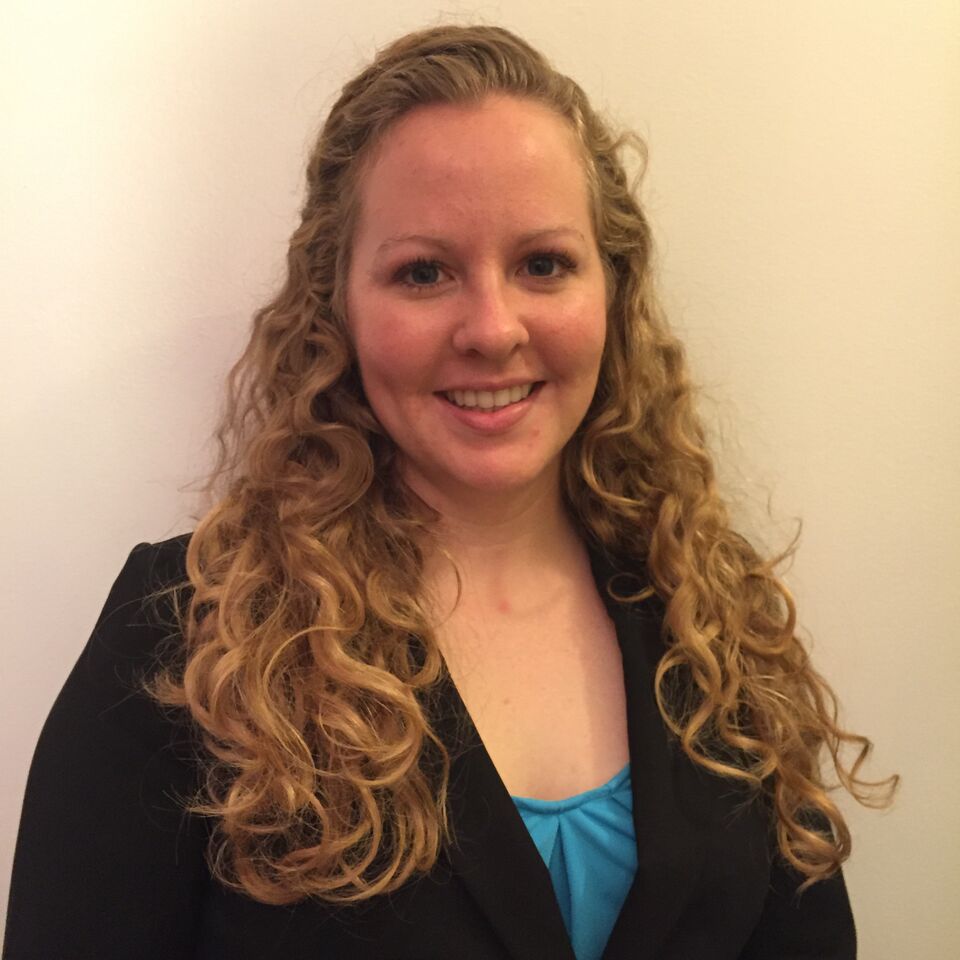Jessica Eisma

2016 Fulbright Scholar
Hometown
Lansing, MI
Major
Civil Engineering, Ph.D
College
The Graduate School
In sixth grade, Jessica's principal sent her home with a pamphlet for Purdue's week-long summer program designed to introduce girls to engineering. According to Jessica, this changed the course of her life.
She has already spent six months working with Peace Corps volunteers to design a youth rehabilitation center in the Philippines. Now she focuses her research on the ecological impact of ancient water capture and storage technology that work with Tanzanian ecosystems: sand dams.
Jessica has also been awarded an NSF Graduate Research Fellowship and she is working to increase access to clean water stores for communities in developing nations. She writes, “Increasing access to water…will greatly improve the social and economic prospects of rural communities. Women and children, who often spend hours collecting water, will instead have time to pursue advancement by starting a small business, increasing agricultural activities, or going to school.”
Toward that end, Jessica will travel to Tanzania this fall on a Fulbright grant to work with the Nelson Mandela African Institute. There, she will study the ecological health of areas in the vicinity of sand and small earthen dams at varying levels of maturity and their impact on the surrounding environment in order to guide the sustainable development of this ancient technology. In addition, she plans to host workshops to engage local communities and student groups and share her findings.
When she returns, Jessica will complete her Ph.D. Jessica writes, “As a researcher, I want to focus on two overarching goals: (1) improving the quality of research performed at universities in developing countries through scholar-exchange programs, and (2) encouraging advanced education among minority engineering students by improving mentoring. These two goals are particularly important to me because I believe they represent wells of untapped potential in the scientific community.”